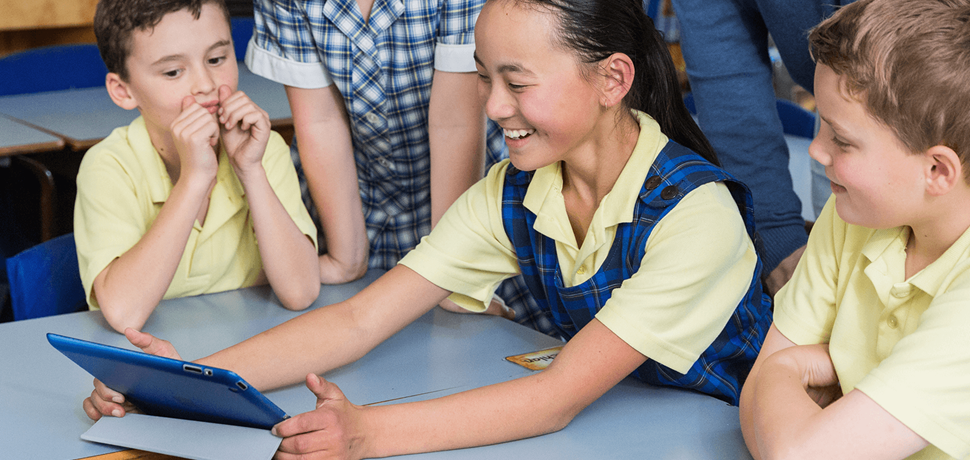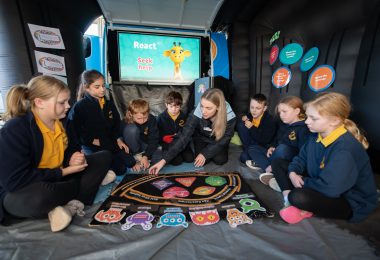eSafety 5 Tips For Teachers

There’s no denying it, the role technology plays in our classrooms is growing every day.
With the majority of this progression based online, people often ask “But how do we know it’s safe?”. These 5 tips and classroom activity have been designed to help you navigate this question and safely involve technology and the internet in your classroom.
- Be aware
- Set an example
- Respond to concerns
- Protect your digital reputation
- Consider how you connect
Be aware
Your experience will not be the same as the next teacher. Do your own research and understand:
- All relevant policies and guidelines
- How your students use technology and the internet
- The impact of your own practices with technology
Set an example
“Children have never been very good at listening to their elders, but they have never failed to imitate them” – James Baldwin
What am I modelling? eSafety, cybersecurity, online safety… the terminology can be confusing. By role modelling digital citizenship, your students will build the skills to protect themselves in the online world.
What is digital citizenship?
According to the eSafety Commissioner, a digital citizen is a person with the skills and knowledge to effectively use digital technologies to participate in society, communicate with others and create and consume digital content.
Responsible digital citizens:
- ENGAGE positively – share how you do this in your teaching
- KNOW their online world – ask your students how they use technology.
- CHOOSE consciously – share the decisions you make and why.
Respond to concerns
Like the offline world, concerns will be raised by parents, careers, teachers and/or students. It’s critical you respond to these. Being prepared with a response plan will make this a lot easier. If your school doesn’t have an eSafety Policy, suggest this as a start.
Protect your digital reputation
It may sound simple but couldn’t be more true – don’t put anything online you wouldn’t be happy to share face to face. It’s not hard to find stories of teachers sharing complaints, jokes and/or behaviour that become public.
Consider how you connect
When connecting on social with your colleagues and school community, we suggest answering one question – Is your account entirely focussed on your teaching career? If not, social connections will carry risk.
Think like a hacker!
20 minute lesson –
Encourage students to think from a hacker’s point-of-view. Ask them to identify photos or social media posts which would give a hacker more information. Consider uniforms, birthday posts, phone numbers etc. Design and display a poster and build on it throughout the term.
Empower your students
By booking our bCyberwise and/or Relate, Respect, Connect modules, you will be helping your students becoming respectful digital citizens.










